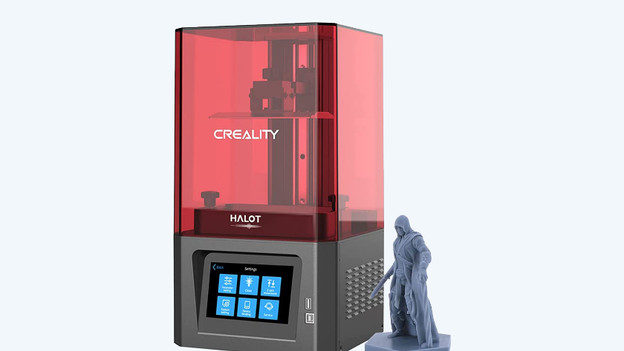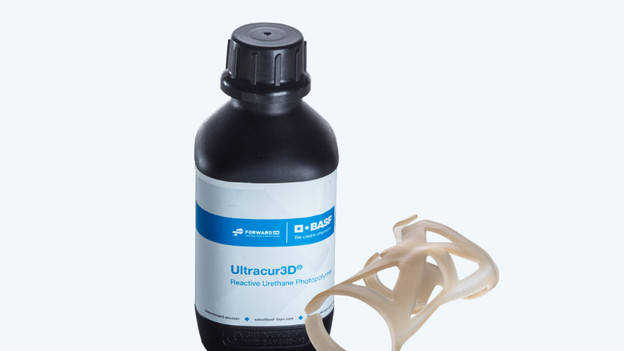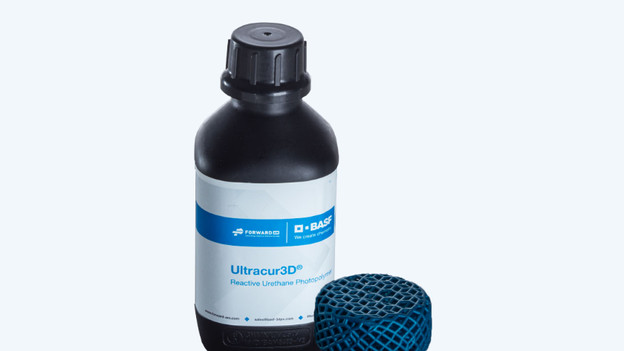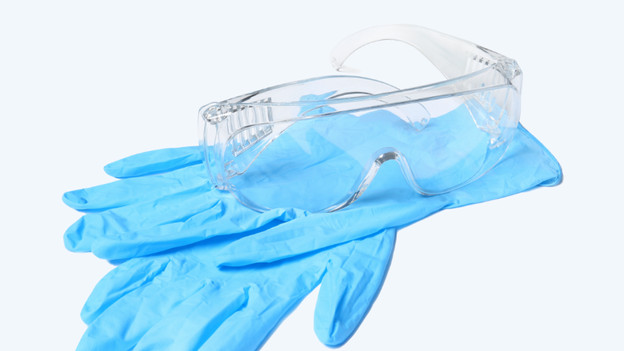
Written by Kayleigh
Edited on
21 March 2025
·
16:32
What's resin?
Resin is a mixture of crushed stone and plastic. You can only use resin with a resin 3D printer. The UV light in the printer hardens the resin. After that, the printer pulls your design from the material upside down. Thanks to the properties of resin, you can create accurate designs. Read more about the different types of resin and how to safely handle it here.

What should you keep in mind when you choose resin?
Which type of resin you should use depends on what you want to make. Every type of resin has different properties. These properties provide different results. So when you choose resin, check the properties and whether they align with what you want to make first. You have to wash and harden your resin design once it's printed. You can do that with sunlight or a special machine, such as the Anycubic Wash & Cure 2.0. There are many types of resin. We'll discuss the 3 most common types in the next paragraph.
Which types of resin are there?

Rigid resin
- Enforced with glass for more stiffness and a smooth finish
- Hear resistant up to 88°C
- Suitable for fine parts
- Fragile
- Doesn't bend
Rigid resin is extra stiff and doesn't bend. That makes this material mostly suitable for miniatures and molds.

Tough resin
- Strong and stiff
- Can withstand more stress
- Good finish
- Not suitable for parts thinner than 1mm
- Doesn't bend
Use touch resin if your designs have to be able to take a beating.

Flexible resin
- Very flexible
- Rubbery feel
- Doesn't break easily
- This material can't withstand sunlight
- You need good support structures to print with this material
- Not suitable for parts thinner than 1mm
Flexible resin is mostly suitable if you want to make a rubbery design. Experience with 3D printing is a plus, because you have to create good support structures for this material.

How do you safely handle resin?
Resin is a chemical substance that releases lots of fumes when you print with it. We'll give you some tips on how to safely handle resin.
- Use gloves. It's only safe to touch your design without gloves once it's completely treated or hardened.
- Wear safety goggles. We recommend safety goggles with UV protection.
- Work in a well-ventilated space, so toxic fumes can escape.
- Never flush resin down the sink, you have to throw it away with the chemical waste.
Article by Kayleigh
3D Printer Expert.
